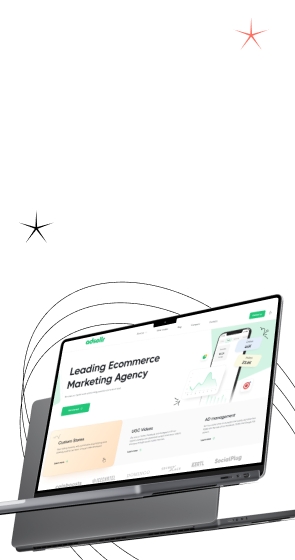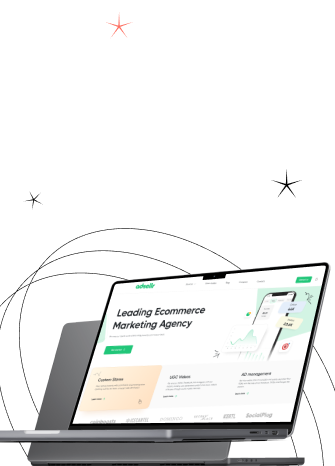Insurance has gone digital, but not quite far enough. In 2025, only 11% of new policies are completed through mobile apps, while 39% still happen over the phone. It’s a telling sign: technology is there, yet the experience still isn’t where customers want it to be. People crave simplicity, clarity, and trust—three things many insurance apps fail to deliver.
That gap has insurers rethinking their digital approach. With 98% of agencies planning to add more customer-centric features by 2025, the pressure is on to design apps that feel less like a portal and more like a personal assistant; one that guides, informs, and reassures at every step.
In this guide, we’ll unpack what makes a truly effective insurance app design, from UX and accessibility to personalization and data protection. Drawing on Gapsy Studio’s experience designing high-impact insurance and fintech products, we’ll explore how thoughtful design can turn complex policy management into a smooth, intuitive experience that builds trust and keeps customers coming back.





